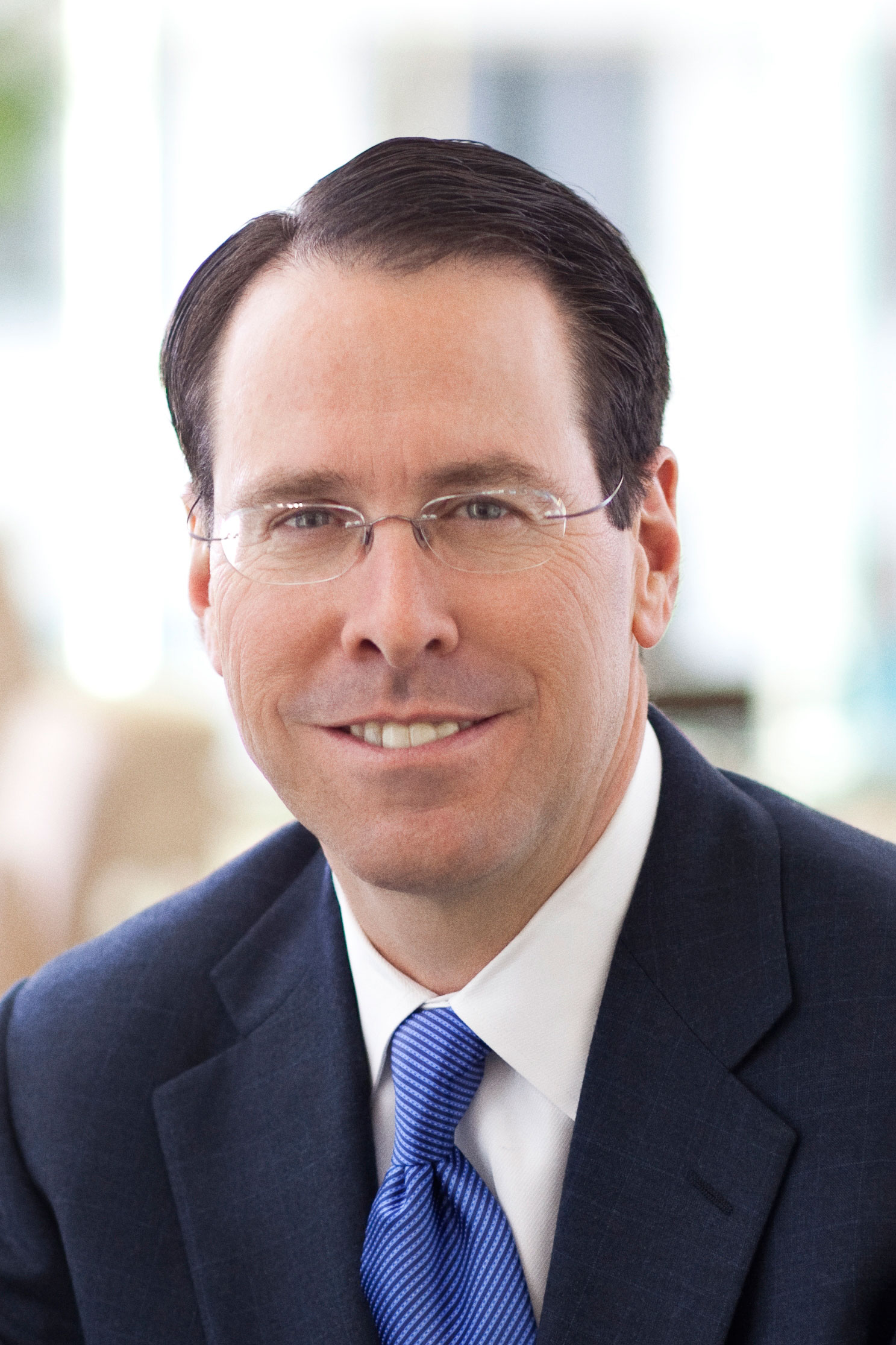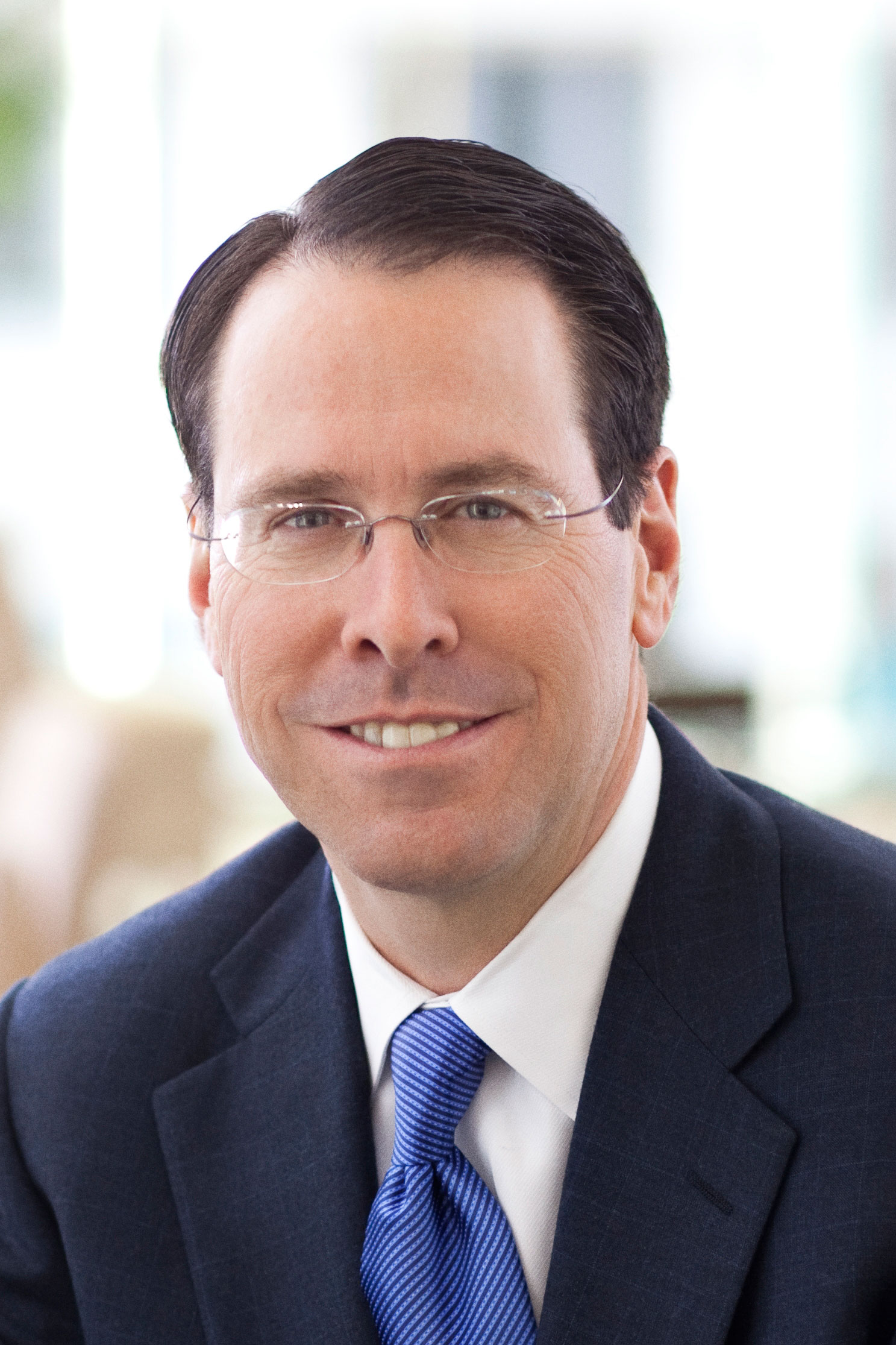
Randall Stephenson, CEO of Dallas-based AT&T, believes the company’s proposal to buy Time Warner will help drive the future of mobile entertainment and meet customers where they are.
That means more mobile video, more capabilities for sharing clips across social media and messaging platforms, more ways to get premium content, and more pricing options for new media. It’s the future of communications and media companies, he says, and AT&T is aiming to set the pace.
“The convergence in terms of media and distribution is happening fast,” Stephenson said on an AT&T analysts’ call Monday, adding that when a deal like this pops up, it’s critical to move fast: “We want to be in front of it. We don’t want to be chasing it.”
The company announced that it had reached an agreement to acquire Time Warner for $85.4 billion on Saturday. But the deal won’t be finalized until it’s approved by shareholders, the Department of Justice, and possibly the Federal Communications Commission, if any licenses are part of the transfer.
While the transaction could face heavy regulatory scrutiny, AT&T’s leadership expects a relatively smooth process. Stephenson said any concerns raised by the DOJ or other regulators would likely be addressed by adding conditions to the deal.
“It’s very clear that this qualifies as a vertical merger,” Stephenson said, adding that previously blocked deals involved companies attempting to buy one of their competitors. “All of the deals that have gotten in trouble lately are horizontal deals.”
“The regulators will focus on what the market structure looks like today, and what the market structure will look like post-transaction,” said David McAtee, AT&T general counsel. “The structure of the industry will not change. The distribution model does not change.”
If the purchase is okayed, as AT&T expects it will by the end of 2017, AT&T will be able to begin innovating its platform, adding new ways of receiving mobile content. The company expects to be able to create these new platforms relatively quickly, since the purchase will also include content rights—typically a challenge in media partnerships. And when the rollout of the new offerings begins, with acquired Time Warner content providers like Warner Bros. Entertainment, CNN, TBS, and HBO, Stephenson expects many other content providers to jump on board.
“We’re both convinced as we innovate this way and accelerate the pace … [that] it’s going to attract others,” Stephenson said, referring to himself and Jeff Bewkes, CEO of Time Warner.
“We’ve been trying to get Time Warner more video on demand,” Bewkes said. “They should all be VOD like HBO and Netflix.”
While the transaction would make AT&T a media and entertainment giant, after combining with last year’s DirecTV purchase, it also would be a big win for Time Warner. The company offered its networks the opportunity to create on-demand offerings more than five years ago. But most of its distributors got caught up in negotiations. With the distribution power of AT&T, Time Warner—which will function as an independent, wholly owned subsidiary of AT&T—expects to finally get what it wants.
“With this … we want to bring more packages and choice to consumers at different price points … more mobility, more innovation,” Bewkes said, adding that the offerings will also help content providers target their advertisements more specifically. The targeted advertising will allow companies another outlet besides Google and Facebook, which are quickly becoming major forces in the media and entertainment industry.
With the rise of video content and capabilities, bandwidth demand also will rise, which could in turn push the release of 5G sooner than expected, Stephenson said. And that would be needed to help AT&T in other sectors such as connected car, virtual reality, and augmented reality. AT&T already has the largest connected-car portfolio in the U.S., Stephenson said.
“Inventors believe bandwidth is one gigabyte per car per mile,” he said. “The smartphone is now becoming the launch point of what’s next.”
The Monday analysts’ call focused mostly on the acquisition, but AT&T’s leadership also discussed its third-quarter earnings. The company reported $3.3 billion in profit on $40.9 billion in revenue. Revenue was up 4.6 percent mostly due to the DirecTV acquisition. The company also reported 700,000 smartphone adds in the quarter.
Stephenson ended the call with a look ahead. “We believe premium content always wins—it’s not winning in mobile,” he said. “We have now partnered and are working to combine forces with the top premium content creator … defining the future of media.”






